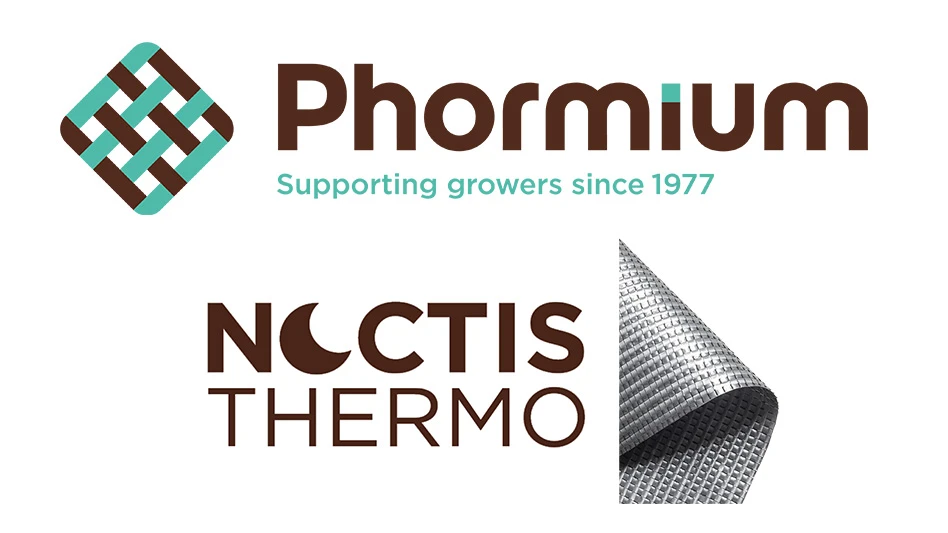
Each crop species has an optimal light intensity that maximizes photosynthesis and consequently growth, quality (i.e. branch and flower number, rooting, etc.), and yield (i.e. vegetables and cut flowers). When there is not enough photosynthetic light, growth and crop quality can decline; if there is excessive light, photosynthesis and growth will not increase. Therefore, measuring and adjusting photosynthetically active radiation (PAR), which is light in the 400 to 700 nm waveband of the electromagnetic spectrum, is beneficial for greenhouse growers. Within this article are guidelines on selecting and using quantum meters to measure light at any point in time (instantaneous) and quantum sensors to measure light that can be integrated over time (cumulative).
Handheld meters for taking instantaneous light measurements
When shopping for a quantum light meter to measure instantaneous light, do not make your decision solely on cost. Determine if the meter:
1. Is robust, portable, lightweight and simple to use.
2. Is measuring light in quantum units (number of photons per square meter per second, µmol·m-2·s-1).
3. Can measure up to full sun (2,000 µmol·m-2·s-1) and wavelengths between 400 to 700 nm (PAR).
4. Is calibrated for sunlight or a particular light source, or if you have to use a conversion factor when using it under different light sources. Some instantaneous meters may have a dial or switch for different light sources and internally apply the correct conversion factor.
5. Accurately measures light from light-emitting diodes (LEDs).
6. Has a single diode or multiple diodes. Multiple diode sensors (sometimes called line quantum meters) can even out the effects of shadows or high light spots, and can be the most accurate to measure light in greenhouses.
7. Has a digital display of the reading, or a real-time link to a computer display.
8. Lastly, is reasonably priced for your particular application. Light meters suitable for most greenhouse applications including the sensor and display start around $300 and can be as much as $1,000. Less expensive meters are usually less accurate and often give readings in photometric units such as foot-candles, which are not an appropriate measurement unit for plants.
Using sensors to calculate integrated light: daily light integral
When shopping for light integrating units that calculate the cumulative amount of light received over the course of a day (daily light integral, or DLI) in moles per square meter per day (mol·m-2·d-1) or quantum sensors that can be connected to data loggers or environmental computers that record instantaneous PAR measurements to calculate DLI, follow guidelines 1 to 6 provided above for handheld meters. The following are suggestions for properly using these sensors:
- Do not place under irrigation booms or areas where overhead irrigation occurs, such as under mist or fogging systems. Water deposits can accumulate on the diode(s) and can negatively influence readings.
- Inspect and adjust sensor(s) at least weekly to ensure that they are vertical, level, clean and at the height of the crop or canopy where they will not be shaded by leaves, permanent shadows or overhead obstructions. This will ensure that your light measurements are accurate. Most light sensors can be cleaned with water and/or a mild detergent such as dishwashing soap on a nonabrasive cloth to remove dust, water spots and pollen.
- Consult with the manufacturer to determine if and when your sensor needs to be calibrated.

Explore the November 2016 Issue
Check out more from this issue and find your next story to read.
Latest from Greenhouse Management
- This month's Greenhouse Management magazine is about native plants and sustainability
- The HC Companies, Classic Home & Garden merge as Growscape
- Terra Nova releases new echinacea variety, 'Fringe Festival'
- Eason Horticultural Resources will now officially be known as EHR
- BioWorks receives EPA approval for new biological insecticide for thrips, aphids, whiteflies
- ScottsMiracle-Gro transfers cannabis subsidiary to focus on core lawn and garden business
- Should we start calling natives 'eco-beneficial plants'?
- Ellen Mackenbach-Lakeman appointed new CEO of Dümmen Orange









